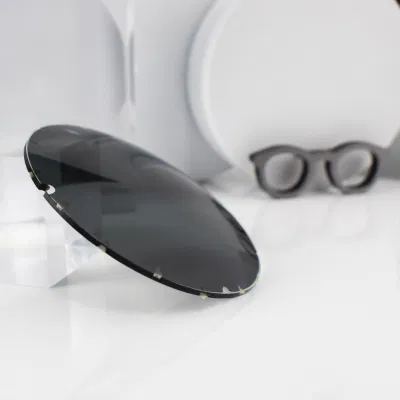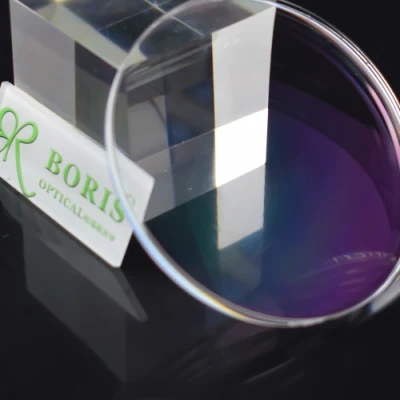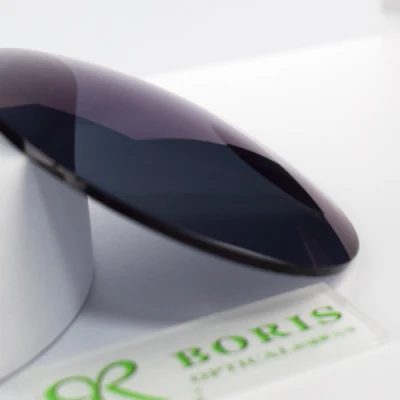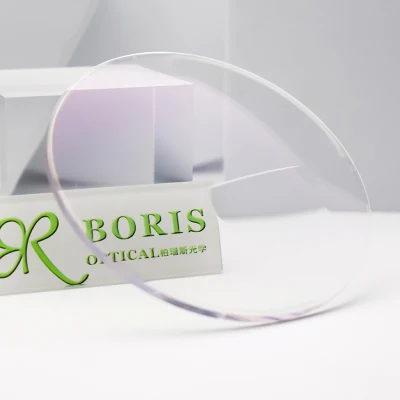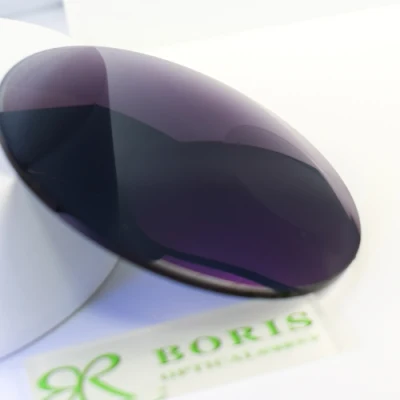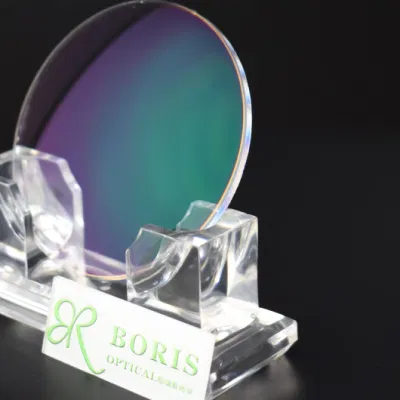Basic Info.
Shape
Ball, Hemisphere
Material
Sr55
Lenses Color
Clear
Customized
Customized
Coating
HMC
Power Range
Sph -0.25~-2.00 ,+0.00~+3.00,Add +1.00~+3.00
Coating Color
Green Blue
Specific Gravity
1.28
Abbe Value
38
Transport Package
White Envelopes or as Customers Requirement
Specification
70/28mm
Trademark
BORIS
Origin
Danyang, Jiangsu, China
HS Code
900150
Production Capacity
20000PCS/Day
Packaging & Delivery
Package Size
20.00cm * 10.00cm * 10.00cm
Package Gross Weight
0.100kg
Product Description
 he color lenses
he color lenses Color changing lens, also known as "photosensitive lens". The glass lens is added with silver halide, but at present the mainstream is resin discoloration lens, in the acrylic resin lens with the addition of Pyrex ring and other chemicals, so that the original transparent and colorless lens, in the event of strong light irradiation, will become colored lens, to do protection, so it is suitable for indoor and outdoor use at the same time.
Color changing lens is made of optical glass containing silver halide microcrystal. According to the principle of reversible reaction of light color tautomery, it can quickly darken under sunlight and ultraviolet radiation, completely absorb ultraviolet light, and show neutral absorption to visible light. Back to the dark, can quickly restore colorless transparent.
Bifocal lens can be used to correct both far and near vision, mainly for presbyopia. The general distribution of bifocal lens is: the upper part of the lens is to see the distance, the lower part of the lens is used to watch the use of the near point, as for the size of the near norm, the nature of the near work to set.
Bifocal lens can be used to correct both far and near vision, mainly for presbyopia. The general distribution of bifocal lens is: the upper part of the lens is to see the distance, the lower part of the lens is used to watch the use of the near point, as for the size of the near norm, the nature of the near work to set.
Progressive lens can realize the addition of near-use positive lens through the change of the lens center line of sight, so as to solve the problem of using different lens degrees for long distance objects, medium distance objects and close objects, and reduce or compensate the use of adjusting force. It enables the wearer to realize the vision of distant, medium and close continuous images without paying too much adjustment force.




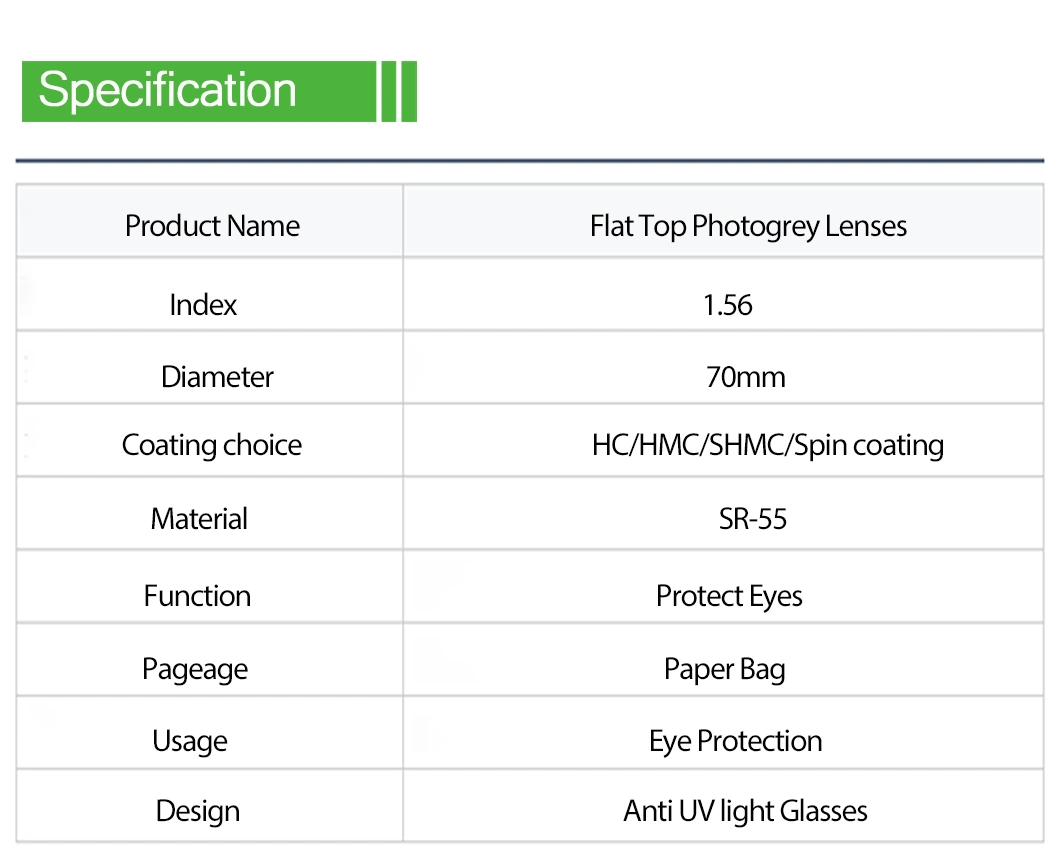





BORIS OPTICAL
is one of the most Potential Finished and Semi-Finished Optical Lenses factory located in Danyang City, China. It was establish in 2012 with covering 20000 spm and 150 employees. The annual production and sales of lenses are 30 million pieces, and the annual sales have exceeded 100 million for five consecutive years.
Our Key & Advantage Products:
Single Vision Lens:1.49;1.56;1.59;1.60;1.67;1.74
Bifocal Lens: 1.49; 1.56
Progressive Lens: CR-39; 1.56; 1.60
Functional Lens: Blue Cut, Photochromic; Photochromic +UV420 Blue cut; Sunglasses; Polarized; Polycarbonate
RX Service: Free Form; Special Coating; Special Power Range
FAQ
| 1. Could you provide samples? |
| Of course, free samples can be sent to you, but please help us pay the freight fee. |
| 2. What Certification do you have for your optical lens? |
| FDA, CE, ISO9001 certification is available. |
| 3. What is the MOQ of optical lens? |
| We dont have Min Order quantity requirement. But if the quantity order is too small, we have to charge extra delivery fee. |
| 4. Could you provide OEM service? |
| Sure, just send us your requirements. |








